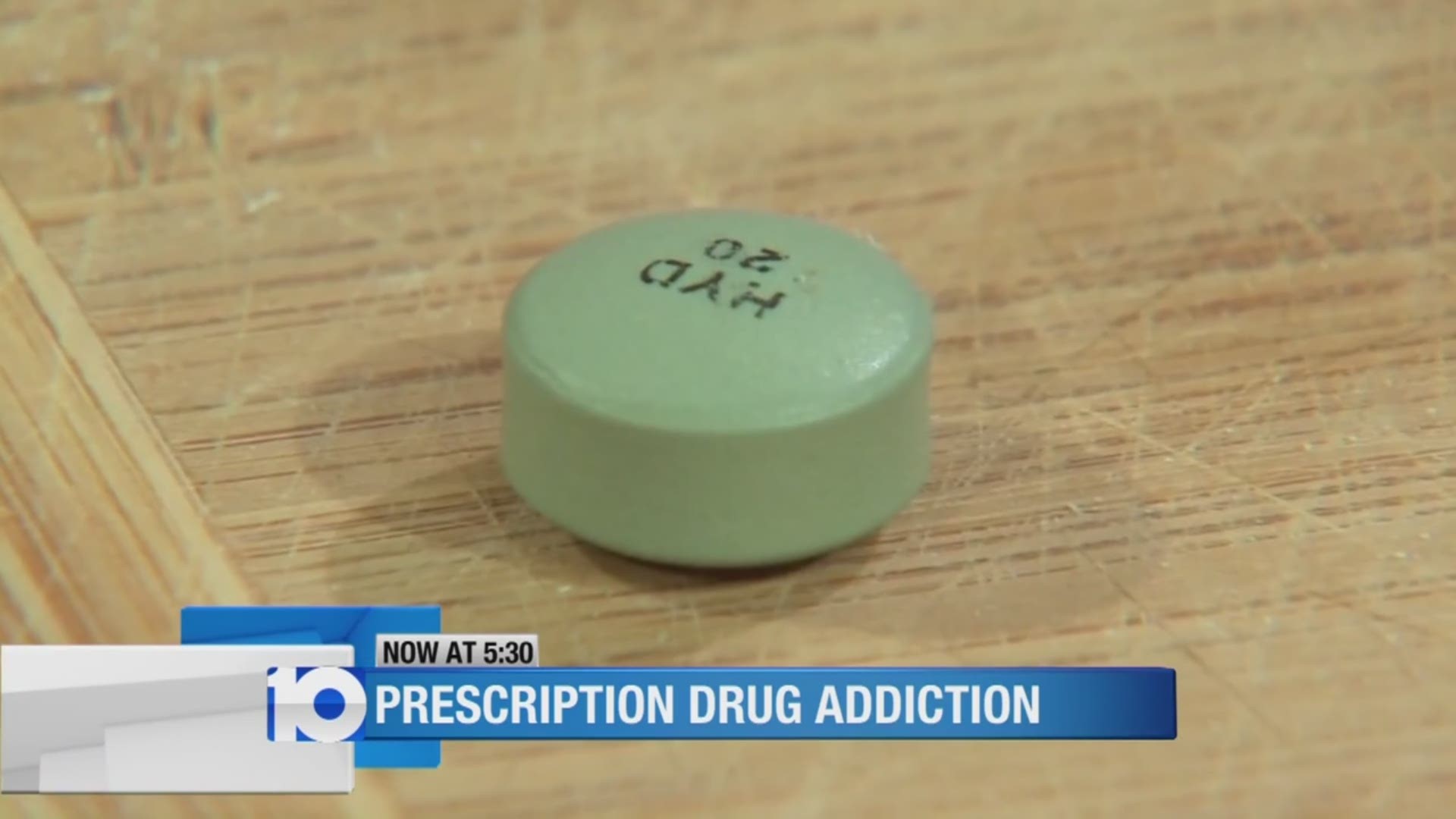Dakota Brooks walks a different path in life than he did just a year ago.
“I had an injury on my knee caused by a sports accident and I was prescribed Vicodin,” Brooks said.
Young and in pain, Brooks’ need for relief spiraled into an addiction.
“When my friend’s mom got injured and she wasn't taking her full prescription, she put it up in the cabinet,” said Brooks, as he reflected on his journey. “We just kind of started there.”
Like many addicts, Brooks Opiate abuse led to heroin.
“It kind of gives you that warm feeling,” Brooks said. “Really relaxed... Just a total withdraw from the world really.”
Thankfully, Brooks' journey eventually took a turn for the better. He was accepted into drug court and is now on a road to recovery.
“It's all about accountability. It hasn't been easy,” he said. “Had to do counseling, AA meetings almost daily; I go to counseling once a week and I just get involved in the community.”
On Tuesday, Brooks shared his story with Statehouse leaders and the media at a press conference announcing new prescription drug guidelines from the Governor’s Cabinet Opiate Action Team.
“The guidelines are an educational tool. They alert the provider to the fact that there are many non-pharmaceutical therapies which can be used to treat pain alone or in combination with pain medications,” Dr. Michael Kelley, senior medical director for Ohio Health Ambulatory Services, said.
The plan recommends three new guidelines for prescribing opiates:
- Consider non-opioid treatment options when possible
- Limit the amount of opioids used to treat acute pain when appropriate
- Expand prescribing guidelines for emergency departments and acute care facilities.
Brooks says if these guidelines were in place when he became addicted, he may not have been exposed as easily to the drugs.
“It prevents that seed of addiction that is planted when there’s extra drugs in that cabinet,” he said.
The new guidelines are not considered law for healthcare providers. Rather, they are new teaching elements that will be added to workshops and licensing protocols.
Since Ohio started to aggressively fight back against opiate abuse, the state has begun seeing some promising progress:
- The number of opiate prescriptions dispensed to Ohio patients in 2014 decreased by more than 40 million doses compared to 2013. Fewer doses lessen the opportunity for opiates to be redistributed or abused.
- The number of individuals “doctor shopping” for controlled substances including opiates as identified through the Ohio Automated Rx Reporting System (OARRS) decreased from more than 3,100 in 2009 to approximately 960 in 2014.
- Patients receiving prescription opiates for the treatment of pain at doses greater than an 80 mg morphine equivalent dose decreased by 10.8 percent from the fourth quarter of 2013 when Ohio’s opiate prescribing guidelines were announced, to the second quarter of 2015.
- The percentage of opiate prescribers registered to use OARRS increased by 30.3 percent from the fourth quarter of 2013 to the second quarter of 2015. This upward trend will continue because prescribers are now required to show that they are registered in OARRS for re-licensing.
- Ohio patients receiving prescriptions for opiates and benzodiazepine sedatives at the same time dropped 8 percent from the fourth quarter of 2013 to the second quarter of 2015. Multiple drug use was the single largest contributor to unintentional drug overdoses in 2014.

